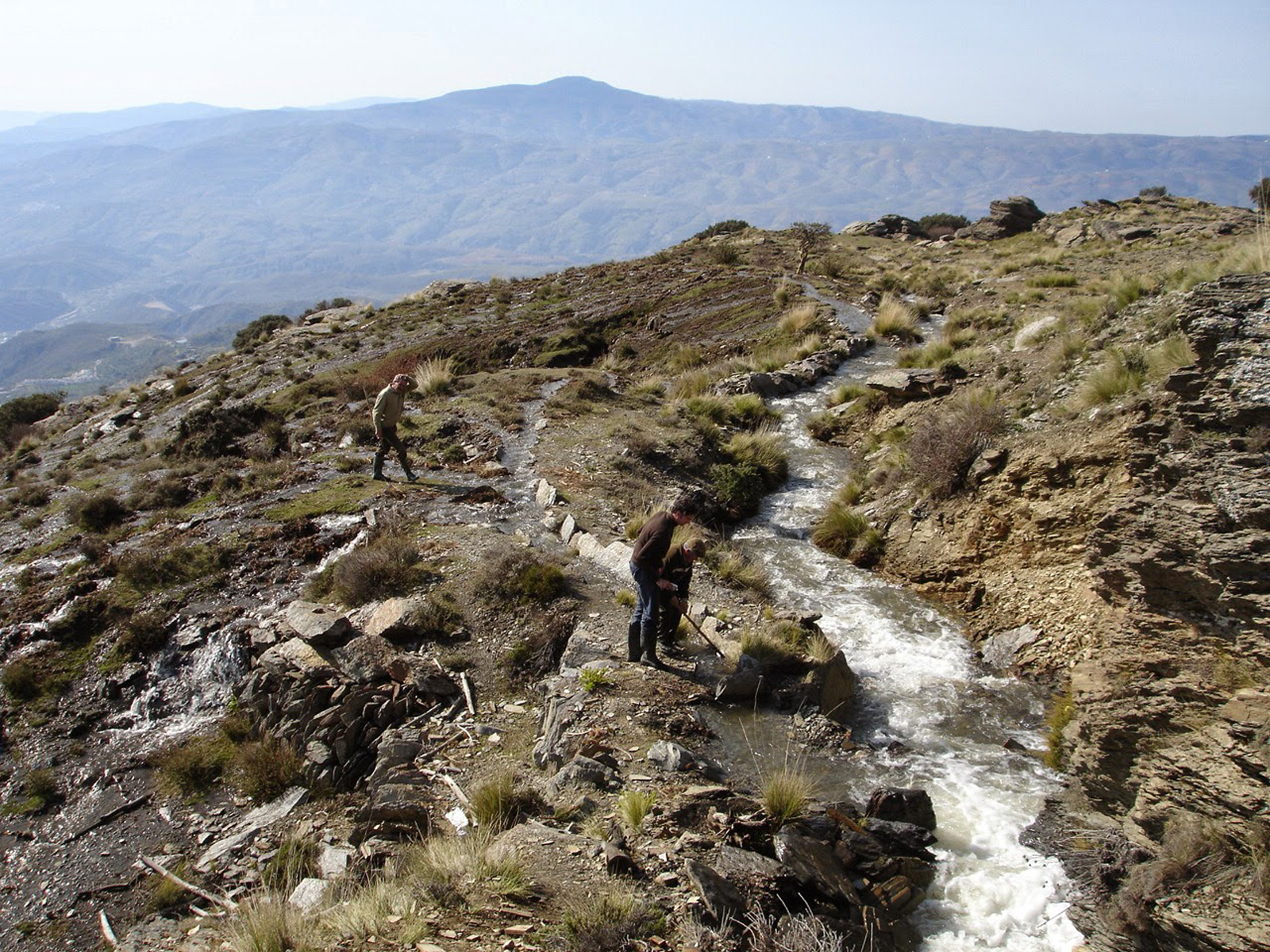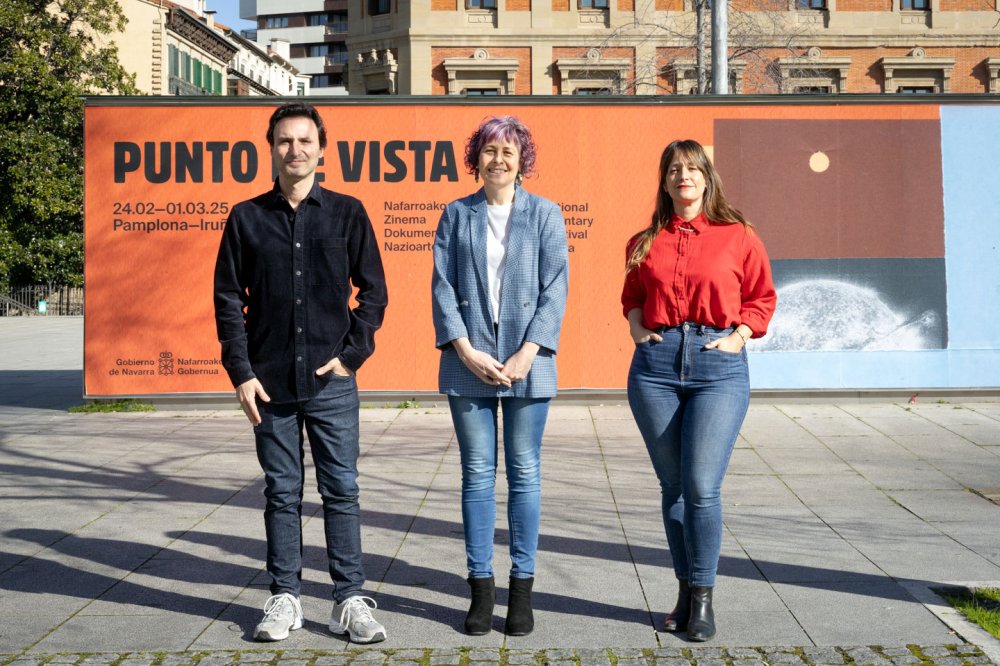Biodiversity will not be protected leaving 30% of the planet without inhabitants
- The biodiversity agreement signed on 19 December 2022 is considered a major leap forward by the Intergovernmental Platform on Biodiversity and Ecosystem Services (IPBES). However, more than one concern remains in the back-door discussions of this agreement, in its concrete implementation and in the global perspective that underpins it. Imposition has been evident in various initiatives for nature conservation, although science has shown that humans are compatible with biodiversity.

On 19 December, 190 states in the world signed an agreement to protect 30% of the planet’s surface at the COP15 biodiversity summit. It is a courageous objective, given that since the 1960s protected areas have risen from 2% to 17% of the planet. They only intend to achieve the same absolute increase as in 60 years. This raises two doubts. Firstly, if these new areas, which are officially protected, will continue to be exploited in a similar way, since, like the COP21 climate convention, the COP15 climate convention is not coercive either, that is, if it is not implemented there is no correction. To see if they are imposed the status of “protected space” outside the opinions of residents.
The imposition and exclusion of opinions occurred precisely in the negotiations of this convention: on the last day, a delegate from the Democratic Republic of the Congo for most of the rainforest in Africa expressed concern that without the financial support of the developed States the objective was not feasible. Without a reply and after a few minutes, the Chinese Environment Minister stated that the agreement had been adopted. One delegate from Cameroon denounced the violent situation and one from Uganda considered China's tendency as a coup d'état. A provisional solution was found through the delegates from Brazil and Indonesia, and the Minister for the Environment of the Democratic Republic of the Congo expressed his readiness to continue negotiating until COP16 and hopes that his voice will be heard. The agreed text prevents Governments from respecting indigenous rights. If we take that level of respect among States as a model, we are ill-advised.
Man, the enemy of biodiversity?
From the point of view of green colonialism, the “protection” of high biodiversity areas excludes residents. According to NGO spokeswoman Survival International, Marie Ndenga Hagbe, the cause of the exclusion of indigenous people from protected areas is sadly known: racism. Despite the formal end of the colonial era, the colonialist vision persists that the knowledge of the “primitive” autochthonous are “empty beliefs” and only Western experts have the competence to manage these spaces. From this point of view, the Amazon rainforest was intact, as if for thousands of years there had been no human beings or culture, except for logging and mining in recent decades. The archaeologist Stéphen Rostain of the CNRS has shown the opposite, collecting many details in La forêt vierge d’Amazonie n’hay pas (“The intact forest of the Amazon does not exist”). There he has shown in a very concrete way and for thousands of years the inhabitants of the Amazon managed, enriched and consolidated their environment. Domestication of 86 plant species, creation of conditions for a greater number of plants through lettuce and canals throughout the Amazon, development of complex forestry techniques and improvement of soil fertility.

All this with a perspective of interdependence rather than exploitation, according to Rostain. The study “The legacy of 4,500 years of polyculture agroforestry in the eastern Amazon”, published in the journal Nature in 2018, shows that in the last 4,500 years edible plants have spread throughout the Amazon, actively cultivated by its inhabitants. The forest was also managed to grow herbaceous plants and make firewalls, which in most of the territory maintained a dense forest. This ensured the material basis for the development of complex societies.
This colonial concept of nature conservation is based on the belief that humans can only harm ecosystems and if they want to keep ecosystems healthy, outside Homo sapiens (except Homo turisticus). In this concept, also in the notion of anthropocene, the same homogeneous reality is assimilated the human being and the unsustainable exploitation of resources, especially fossil fuels. The concept of nature conservation is relatively new, developed simultaneously to industrialization, mainly in the twentieth century.
An extreme example of this distribution is the municipality of El Ejido, in the province of Almería. It brings together the natural reserve of Punta Entins-Sabinar, with species of birds and native vegetation, and the “plastic sea”, which with cheap labor from poor foreigners produces about a third of the vegetables consumed in winter in Europe. If the new standards of biodiversity protection in the region are to be met, we can imagine the expansion of the Sierra Nevada National Park in the north, emptying three or four marginal villages, and the development of the plastic sea ‘in return’. On the one hand, the area of uninhabited tourists, on the other, the less-favoured areas which damage the health of workers, both business centres.
Let us put aside this dystopian scourge and remember that in the same region, in the Alpujarra, complex systems of lettuce and acequias from North Africa were developed in the mountains in the eighth century, in order to pour water more slowly into the slopes and fill the groundwater layer of the mountains. As a result, they developed a culture model and planted many tree species on their slopes, increasing their biodiversity. Furthermore, according to the study of the CSIC Water management in an ancestral irrigation system in southern Spain: a simulation analysis (“Water management in the irrigation system of southern Spain: simulation analysis”) traditional channels are more effective than the current irrigation model.
The Amazon, the Alpujarra and many other examples show us that it is possible to strengthen biodiversity in the places where human beings live, modestly, only for the survival of ordinary people, but developing a subtle understanding of ecosystems. Rather than binary approaches, they would be much richer models to guide biodiversity protection policies today.
Otsailaren 24tik eta martxoaren 1era bitartean, astebetez 60 lan proiektatuko dituzte Punto de Vista zinema dokumentalaren jaialdian. Hamar film luze eta zazpi labur lehiatuko dira Sail Ofizialean; tartean mundu mailako lau estreinaldi eta Maddi Barber eta Marina Lameiro... [+]
1989tik 2014ra, Frantzia mendebaldeko hainbat ospitaletan egindako erasoengatik epaituko dute. 75 urte ditu Joel Le Scouarnec zirujau ohiak, eta espetxean dago beste lau sexu eraso kasurengatik.
Iratxeren Bidasoaldeko Lagunak ekimenak deituta, dozenaka lagun kalera atera ziren atzo Iratxe Sorzabal preso politiko irundarraren absoluzioa eskatzeko eta behingoz etxera ekartzeko, torturak salatzeaz gain.
Greenpeaceko kideak Dakota Acces oliobidearen aurka protesta egiteagatik auzipetu dituzte eta astelehenean aztertu du salaketa Dakotako auzitegiak. AEBko Greenpeacek gaiaren inguruan jasango duen bigarren epaiketa izango da, lehenengo kasua epaile federal batek bota zuen atzera... [+]
Otsailaren 17an Txinako Alderdi Komunistaren arduradun gorenak bildu ziren bertako enpresa pribatu handienen zuzendari nagusiekin. Ez da ohikoa aldi eta areto berberean Huawei, BYD, New Hope, Tencent, SWSC, Yushu, Xiaomi edo DeepSeek bezalako konpainien nagusi gorenak bilduta... [+]
Ikerketa bat egin dute Alemanian, hauteskundeen atarian: kontuak sortu dituzte TikToken, X-n eta Instagramen, eta aztertu egin dute algoritmoak zer nolako edukiak erakusten dituen. Guztietan, algoritmoak eskuinera eta eskuin muturrera jotzen du gehien, TikToken nabarmen.
Ekitaldian, Mileik motozerra bat oparitu dio Muski, murrizketa sozialen sinbolo eta aldarri gisa.
Laborantzaren Orientazio Legea pasa den astean ofizialki onartu du Frantziako Parlamentuak. Ostegunean Senatutik pasa da azken aldikoz. Iazko laborarien mobilizazioen ondotik, aldarrikapenei erantzuteko xedea du lege horrek. Aldiz, ingurumenaren aldeko elkarteek azkarki salatzen... [+]
Hizkuntza bizia orain! egin dute oihu galizieraren aldeko milaka manifestarik Santiago de Compostelan (Galizian) joan den igandean. 2024ko hondarrean, azken inkestako datuek pozteko arrazoirik ez zuten eman: ezagutzak eta erabilerak, biek, egin dute atzera. Galera handiagoa da... [+]
Etxera itzuli ahal izan diren arren, joan den azaroan kaleratu zuten Astrabuduko familia berriz ere arriskuan dago. Uribe Kostako Etxebizitza Sindikatuak salatu du mailegu-enpresa berriz ere saiatzen ari dela kanporatzea gauzatzen, oraingoan, desokupazio-enpresa bat... [+]
Karen Daniela Ágredok dioenez, zortzi bat ordu eman zituen ziegako zoruan etzanda Ertzaintzak ospitalera eraman aurretik. Segurtasun sailburu Bingen Zupiriak berak eskatu du Eusko Legebiltzarrean agerraldia egitea.
Hamahiru ZirHika kide batu dira hitanoaren erabilera aldarrikatzeko eta antolakundearen ekintzen berri emateko. Azalpenak Badihardugu elkarteko Idoia Etxeberria eta Galtzaundiko Uxoa Elustondok egin dituzte. Horiei, Andoni Egaña eta Amaia Agirre bertsolariak eta... [+]
Administrazio Epaitegiak arrazoia eman dio EH Bilduk Lizarrako plantilla organikoaren hizkutnz profilen aurka jarritako helegiteari.




















.jpg)


